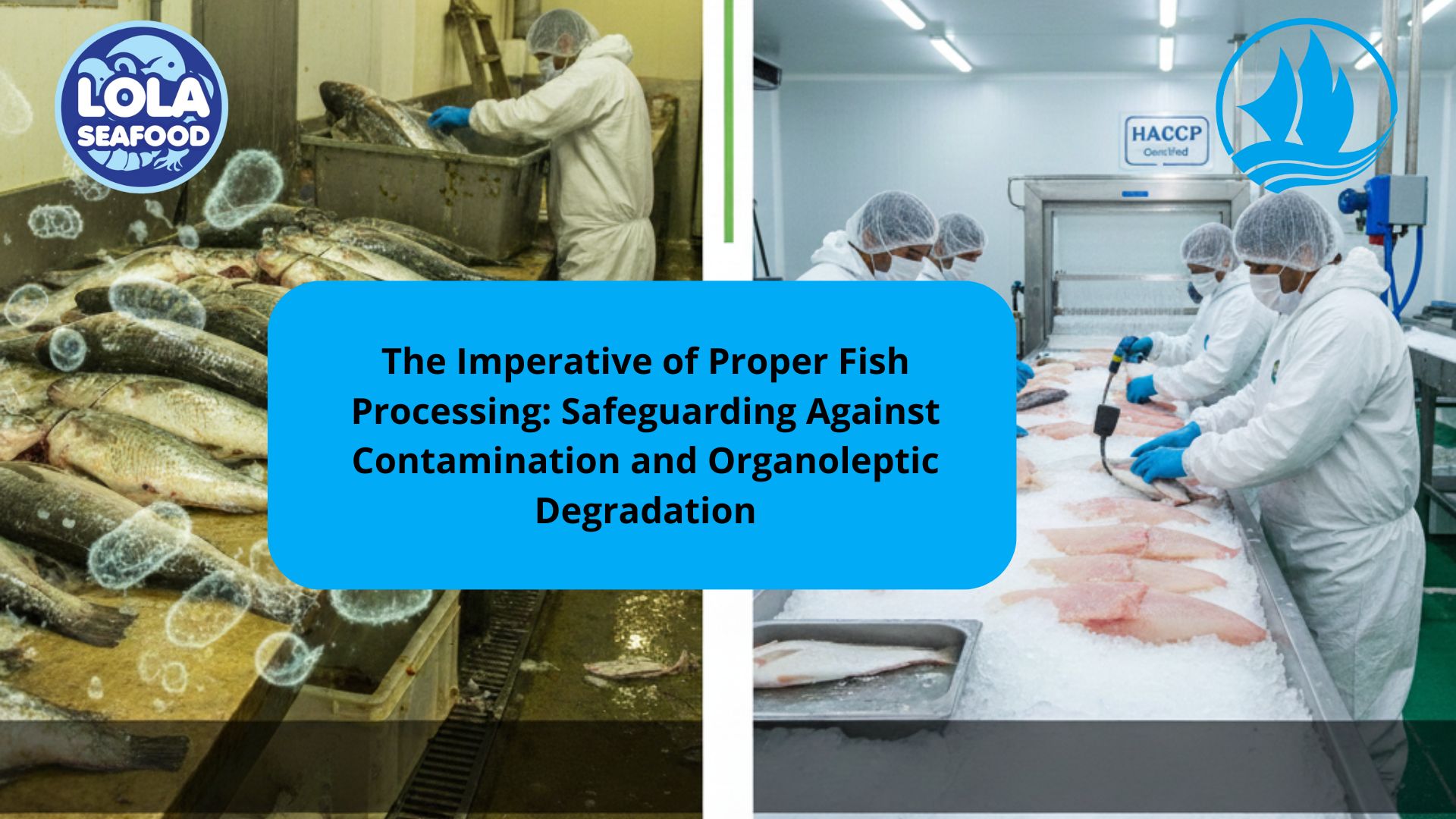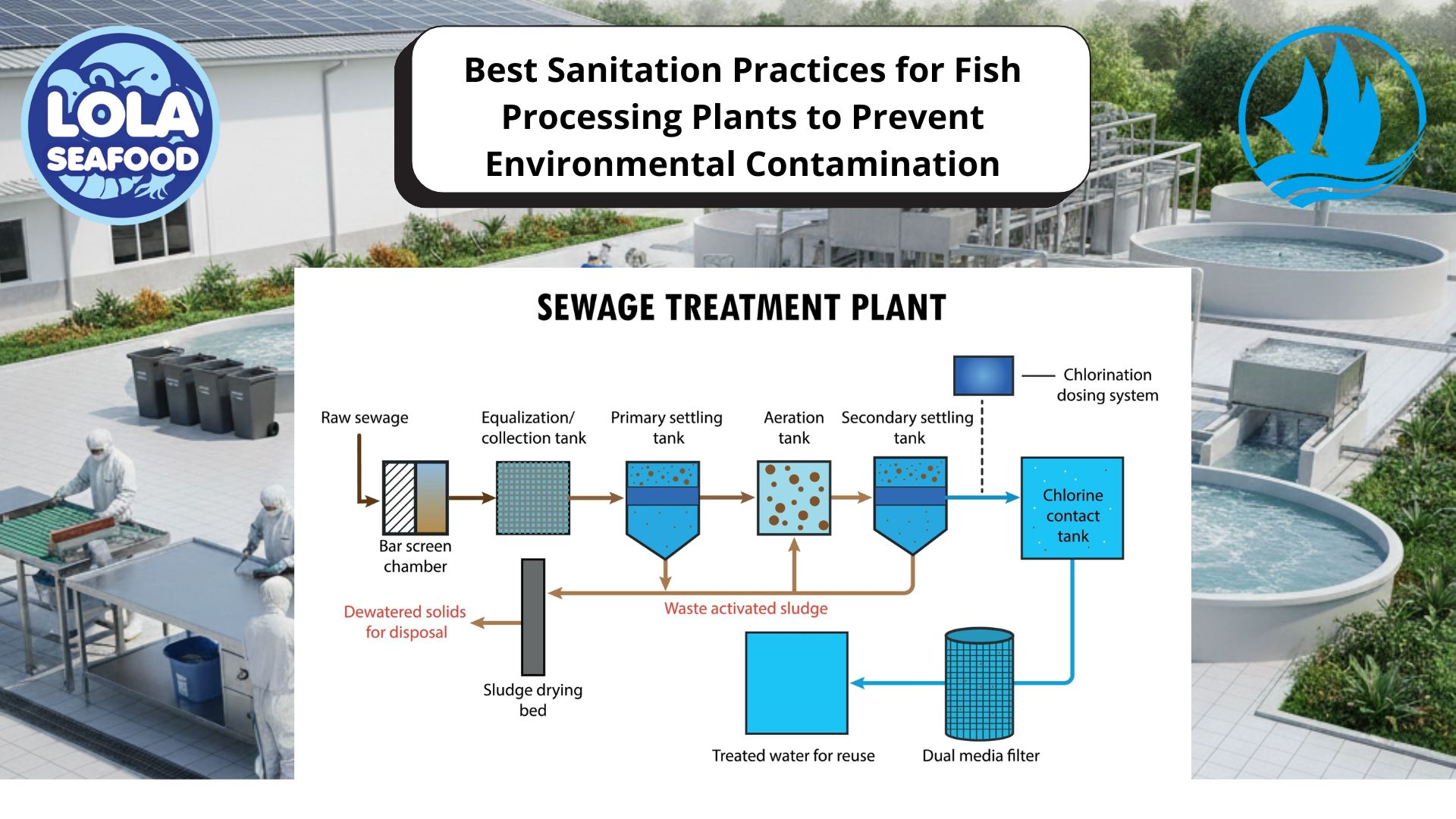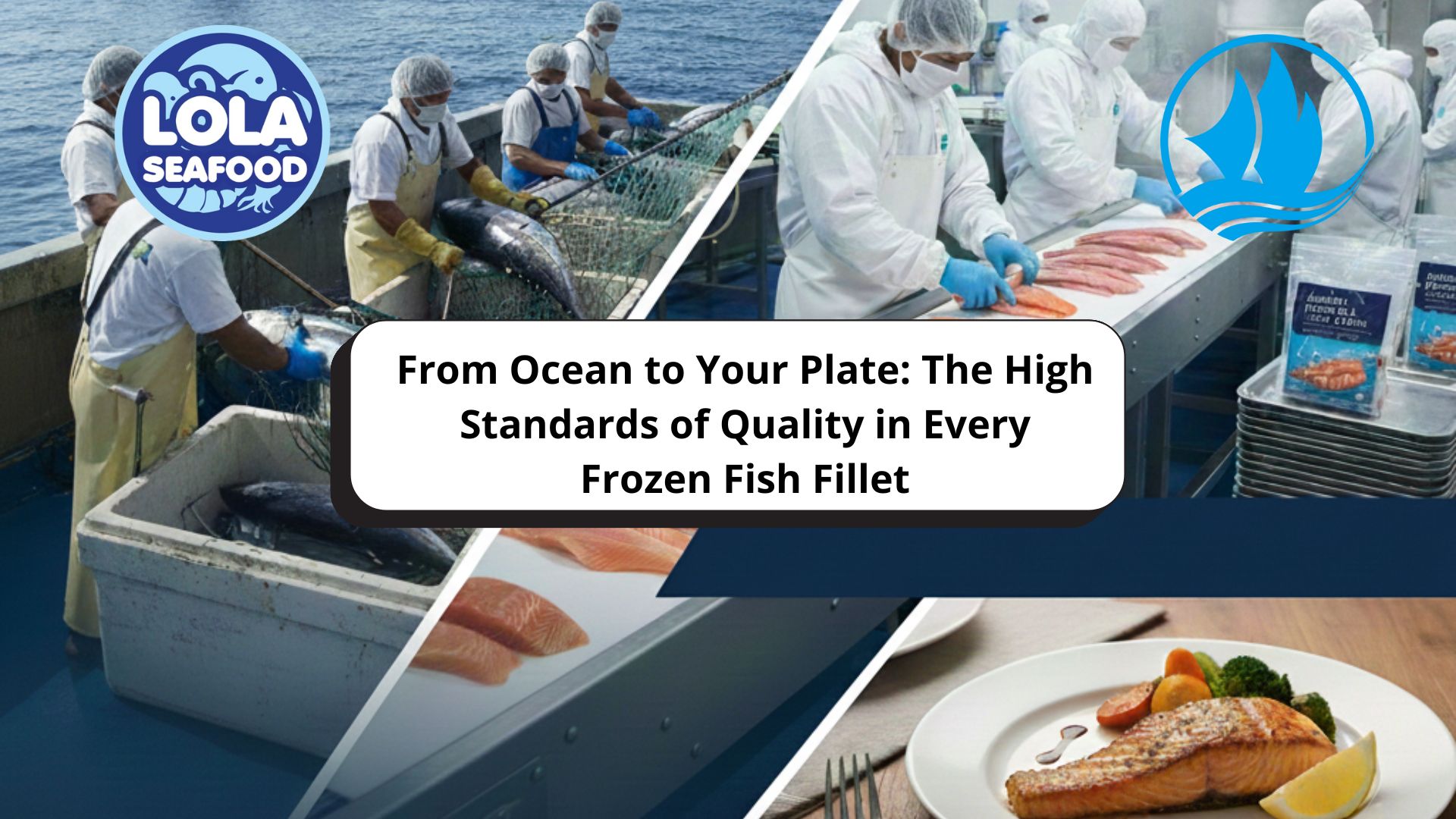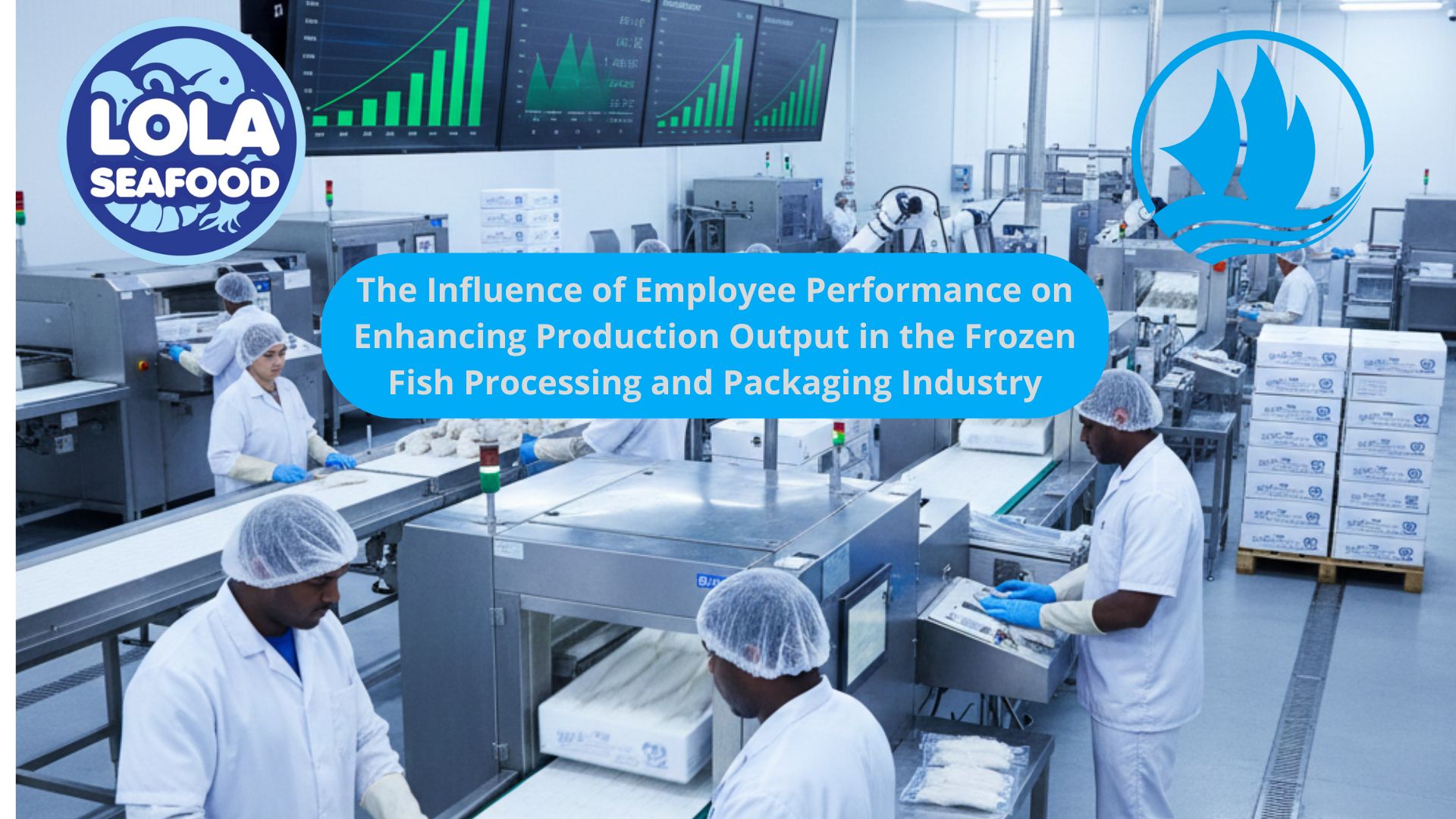Rigor Mortis in Fish: A Critical Phase in Determining Quality
By. Nugroho Luhur - 24 Sep 2025.jpg)
Kelolalaut.com Rigor mortis is one of the most crucial physiological processes that occurs in fish after harvest, and it has a profound effect on the quality, texture, and shelf life of seafood products. Understanding rigor mortis is essential for fishers, processors, and distributors because the timing and handling of fish during this stage determine whether the final product will be firm, fresh, and visually appealing—or soft, misshapen, and less marketable.
What Is Rigor Mortis?
Rigor mortis is the stiffening of muscles that occurs after death, caused by the depletion of adenosine triphosphate (ATP), the energy molecule responsible for muscle relaxation. In living fish, ATP allows muscle fibers to remain flexible. Once the fish dies, blood circulation stops, and oxygen supply is cut off. The muscle continues to use stored glycogen for energy through anaerobic metabolism, but as ATP reserves run out, the muscle fibers lock into a contracted state, creating stiffness throughout the body.
This stiffening phase is called rigor mortis and marks a transition from pre-rigor (flexible stage) to post-rigor (relaxed stage). The timing of rigor onset and its duration vary depending on several factors, including species, size, water temperature, handling stress, and storage conditions. In general, rigor mortis may begin within 30 minutes to several hours after death and can last from 12 to 48 hours.
Biochemical Changes During Rigor Mortis
The key biochemical event during rigor mortis is the loss of ATP and the formation of permanent cross-bridges between actin and myosin filaments within muscle fibers. This causes muscle contraction and rigidity. Simultaneously, lactic acid builds up in the tissue due to anaerobic glycolysis, lowering the pH and further affecting muscle proteins. The extent and speed of these changes directly influence flesh quality. For example, fish that are stressed before death may enter rigor mortis faster because their energy reserves are already depleted. This can lead to shortened rigor duration, tougher texture, and greater risk of gaping (muscle fiber separation).
Importance of Rigor Mortis in Fish Processing
Rigor mortis is one of the most critical stages for determining how fish should be handled and processed. Processing fish during rigor mortis can be challenging because the muscle is contracted and firm, which can lead to deformation, broken fillets, and lower yield. For this reason, many processors prefer to handle fish either in the pre-rigor stage (for pre-rigor filleting) or wait until post-rigor when the flesh has relaxed. On the other hand, understanding rigor mortis is also valuable for managing storage and distribution. Rapid chilling of fish after harvest slows metabolic activity and delays the onset of rigor, giving processors more time to work with a flexible product.
Factors Influencing Rigor Mortis
Several factors determine how quickly rigor mortis sets in and how long it lasts:
Species: Some fish species have naturally longer rigor phases due to differences in muscle biochemistry.
- Temperature: Lower storage temperatures slow down metabolic processes, delaying rigor onset and prolonging its duration.
- Handling Stress: Rough handling, delayed chilling, or asphyxiation stress before death accelerate ATP depletion and cause rapid rigor.
- Fish Size: Larger fish typically take longer to enter rigor mortis compared to smaller fish.
By controlling these factors—especially temperature and stress—processors can manage rigor mortis timing to improve product quality.
Implications for Shelf Life and Quality
Rigor mortis not only affects processing but also impacts shelf life and eating quality. Fish handled well during rigor retain better muscle integrity, resulting in firmer texture, reduced drip loss, and improved visual appeal. Conversely, poor handling that accelerates rigor can lead to shorter shelf life and undesirable quality attributes such as toughness or misshapen fillets.
Best Practices for Managing Rigor Mortis
To achieve optimal quality, seafood processors follow these best practices:
- Rapid Chilling: Use ice slurry or refrigerated seawater to delay rigor onset.
- Gentle Handling: Minimize stress and physical damage before and after harvest.
- Controlled Processing: Choose pre- or post-rigor processing methods based on product goals.
- Cold Chain Maintenance: Keep fish at near 0°C to maintain quality throughout storage and distribution.
Rigor mortis is an unavoidable but manageable process that plays a central role in determining fish quality. By understanding the biochemical changes involved and controlling key factors such as temperature and handling, seafood processors can optimize timing, improve yields, and extend shelf life. Proper management of rigor mortis ultimately ensures that consumers receive seafood that is fresh, firm, and of the highest possible quality.
If youre interested in our Sweetlips Whole Round / Whole Gilled Gutted Scale , Sweetlips Fillet Skinless and Sweetlips Fillet Skin On please do not hesitate to contact us through email and/or Whatsapp
 in Meeting Global Protein Demand Sustainably.jpg)
Sustainable Aquaculture: The Role of Recirculating Aquaculture Systems (RAS) in Meeting Global Protein Demand Sustainably
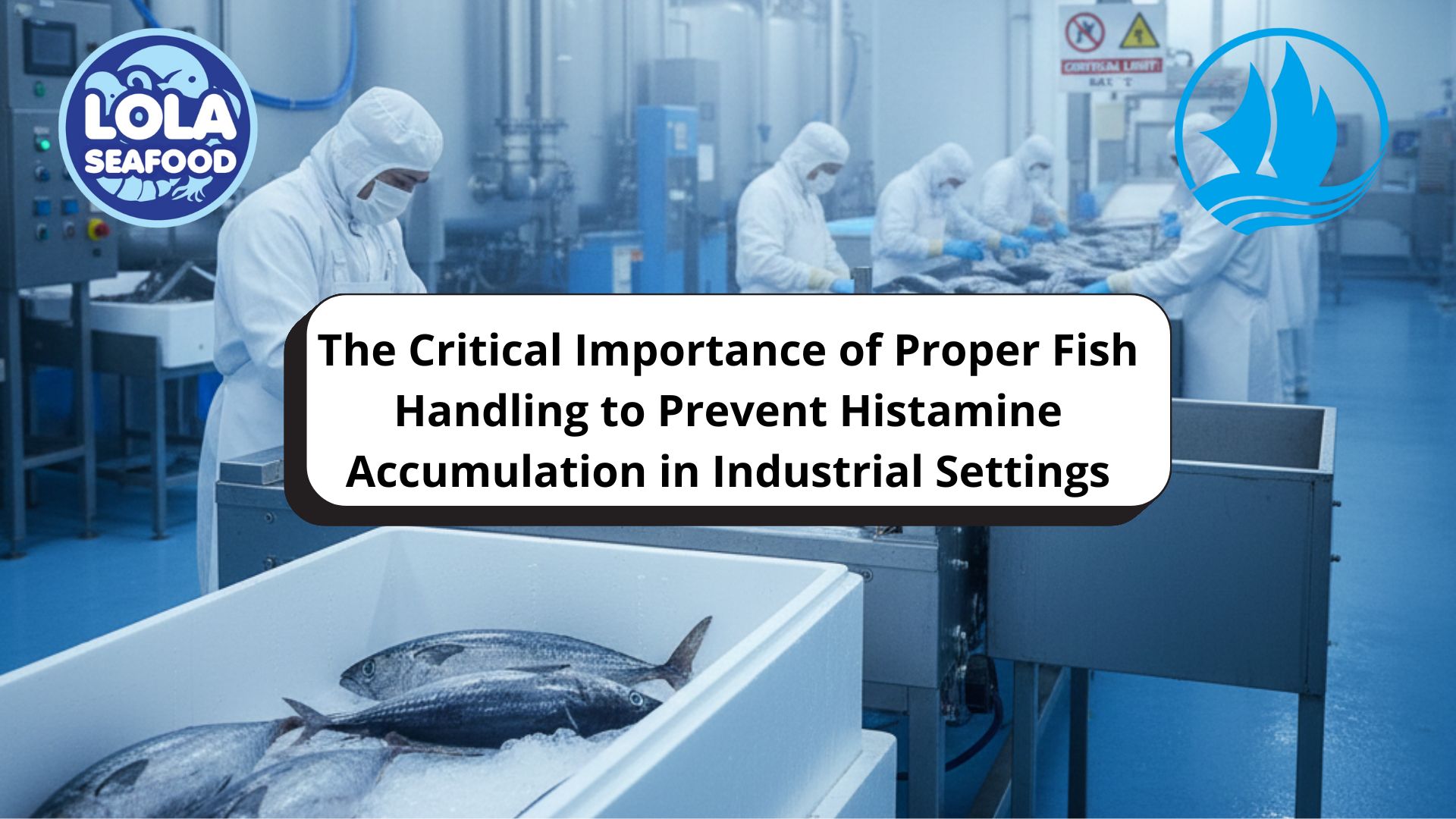
The Critical Importance of Proper Fish Handling to Prevent Histamine Accumulation in Industrial Settings
